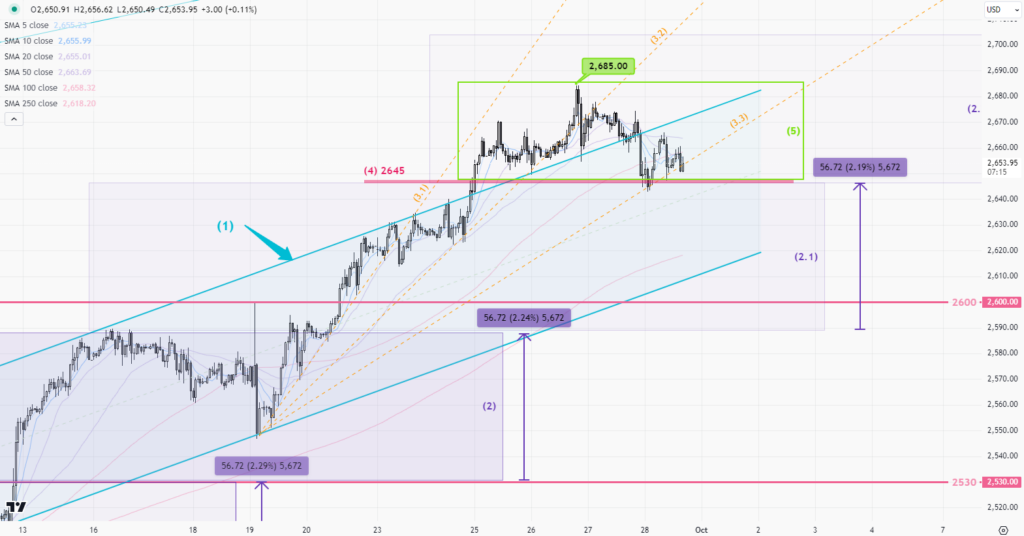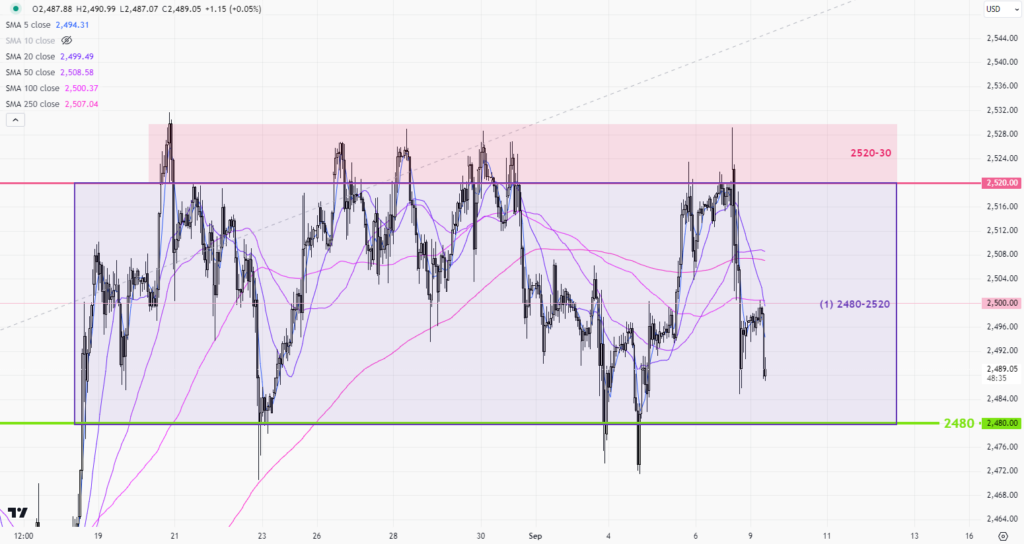 |
| Gold V.1.3.1 signal Telegram Channel (English) |

How to Safeguard Your Retirement from Skyrocketing Healthcare Costs: A Strategic Guide
2025-08-21 @ 23:00
Medical costs in retirement can create significant uncertainty for even the best financial planners. Many retirees underestimate not only how much their healthcare expenses will be, but also how variable and unpredictable those costs often are year-to-year. Rather than letting medical bills jeopardize your retirement security, it’s essential to take a smarter, more strategic approach.
The Challenge of Healthcare Costs in Retirement
For most Americans, Medicare becomes the backbone of retirement health coverage starting at age 65. However, Medicare is not a one-size-fits-all solution, and it doesn’t cover everything. You can expect to pay a standard monthly premium for Medicare Part B—currently around $185. This is in addition to an annual deductible, which for 2025 sits at $257, payable before Medicare kicks in. These costs only set the baseline; premiums can be higher for those with greater income, as Medicare considers your earnings from two years prior to adjust premiums accordingly.
But basic Medicare leaves substantial gaps. Out-of-pocket costs for hospital stays, prescription drugs, and services like dental, vision, and hearing are not fully covered. That’s why many retirees opt for supplemental insurance—often referred to as “Medigap” policies. These private policies help fill in where Medicare falls short, covering deductibles, co-pays, and other medical expenses.
Medigap policy premiums can range dramatically, from as low as $30 per month to as high as $300, based on factors like age, health status, and geographical location. Therefore, shopping around and comparing coverage options becomes critical.
Why Traditional Budgeting Falls Short
Most people approach retirement healthcare costs like any other monthly bill, simply factoring premiums and a rough estimate of out-of-pocket expenses into their budget. This strategy is risky. The reality is that medical expenses can spike unexpectedly—with sudden illness, prescription changes, or medical emergencies—leading to unplanned withdrawals from retirement savings or even increasing debt burdens.
Moreover, these spikes tend to occur in clusters, meaning a healthy retiree could go several years without major expenses, only for costs to surge due to a medical incident or diagnosis.
A Smarter Way to Plan: The Contingency Fund
Financial experts increasingly recommend establishing a dedicated healthcare contingency fund as a more robust buffer against medical shocks in retirement. Rather than relying solely on standard monthly budgeting, retirees should set aside a specific pool of assets earmarked exclusively for healthcare surprises.
Here’s how you might implement this approach:
- Estimate your baseline healthcare costs: Calculate your expected annual spending on premiums, deductibles, and recurring out-of-pocket expenses for Medicare and supplemental policies.
- Assess risk factors: Consider your family medical history, chronic conditions, or lifestyle choices that could affect your healthcare needs.
-
Establish a separate reserve: Create a healthcare contingency fund, ideally kept in a liquid account—such as a high‐yield savings account or money market fund—for easy access. Financial planners often suggest setting aside at least two to three years’ worth of anticipated medical expenses in this fund. The exact amount depends on your risk profile and comfort level.
-
Coordinate with broader retirement planning: Align your healthcare savings strategy with your overall retirement portfolio. That means considering how your investment allocation, withdrawal rate, and other contingencies (like long-term care needs) might interact with medical costs.
-
Monitor and adjust annually: Review your healthcare spending each year and adjust contributions to your contingency fund as needed—both to account for changing health status and rising premiums.
The Importance of Strategic Medicare Choices
Selecting appropriate Medicare coverage is itself a complex decision. Beyond traditional Medicare with Medigap, many retirees explore Medicare Advantage plans. These often come with lower premiums and additional services but may limit provider networks or require higher out-of-pocket costs for certain services. Carefully compare plan offerings, costs, and flexibility before committing, and consider how each option fits into your broader contingency strategy.
The Bottom Line
Careful, flexible planning is the key to controlling healthcare costs in retirement. Rather than relying on averages and hope, build a financial defense that anticipates unpredictability. Start with clear estimates, supplement with a dedicated fund for unexpected expenses, and re-evaluate your plan regularly as your health and the insurance landscape evolve.
By approaching healthcare in retirement as a dynamic, ongoing financial challenge—and not just another monthly expense—you give yourself greater resilience and peace of mind, ensuring medical bills never become a barrier to the retirement you deserve.






